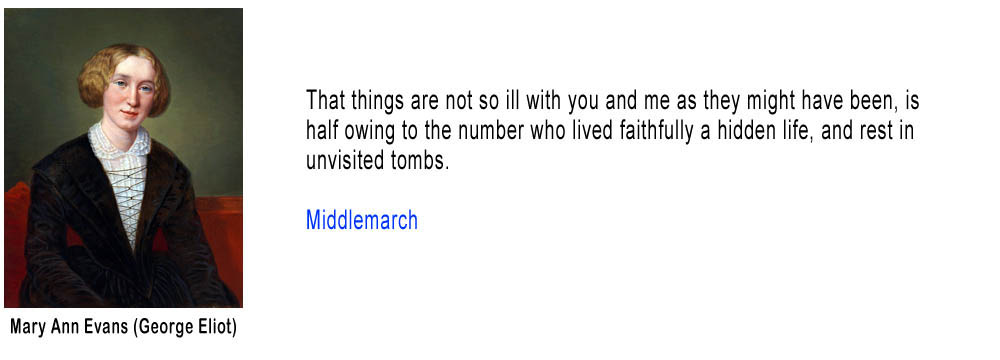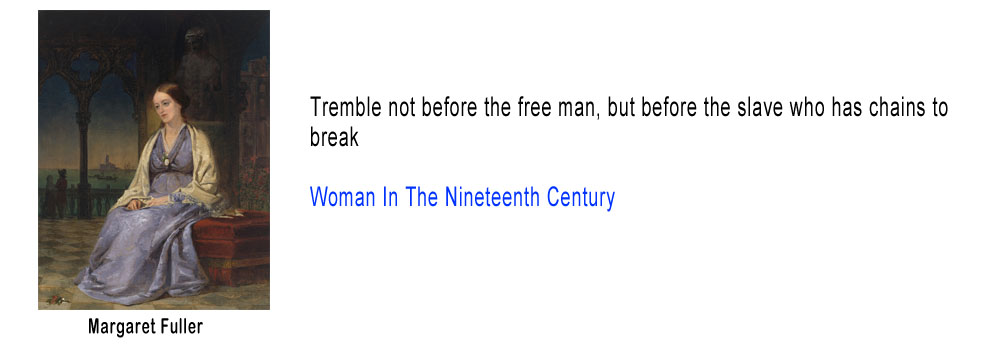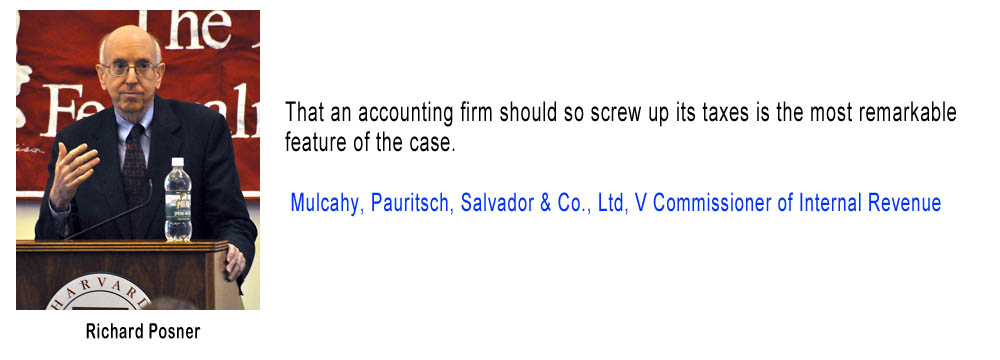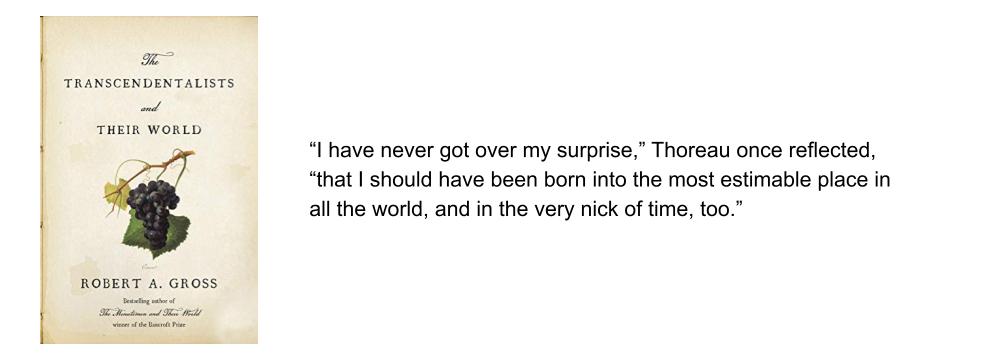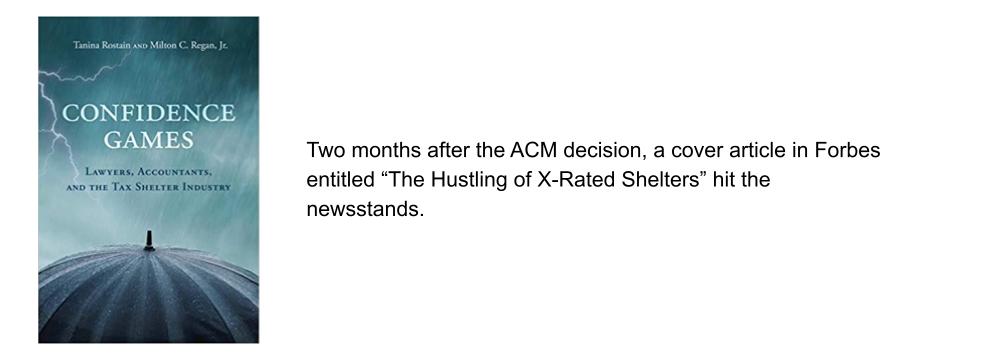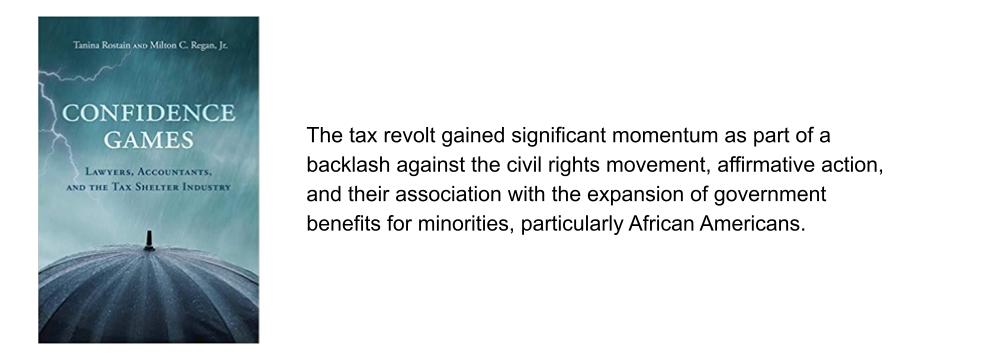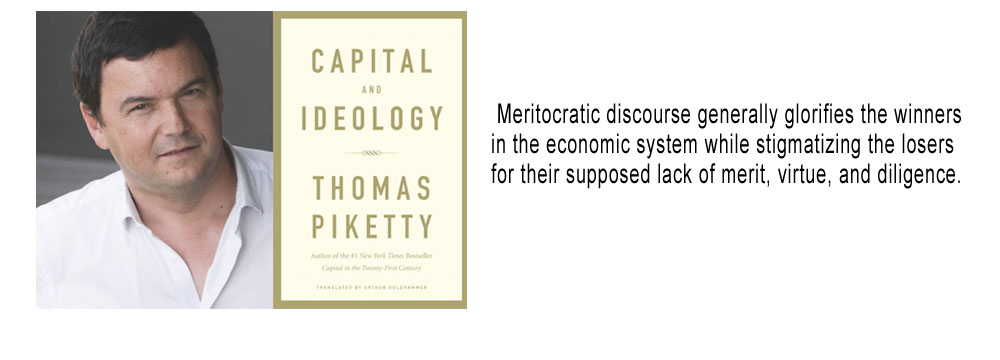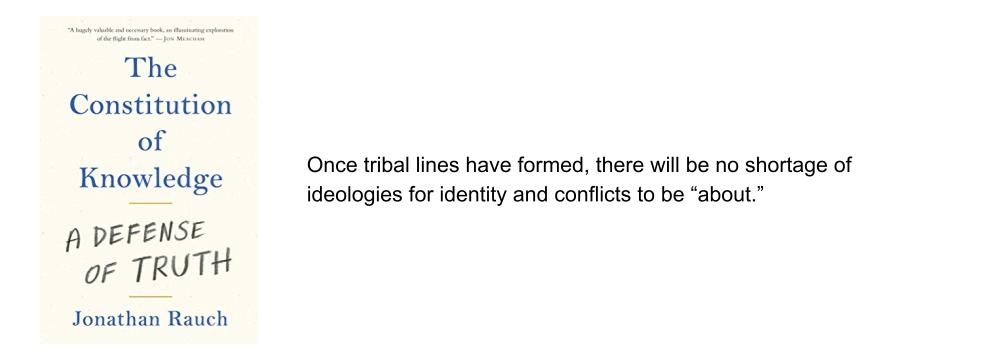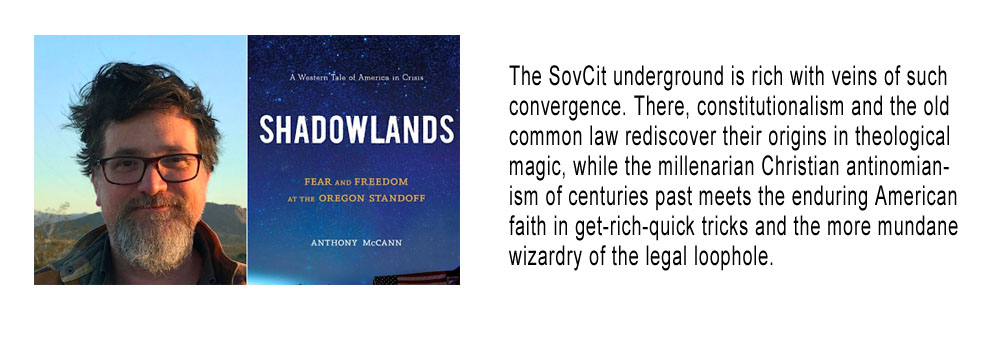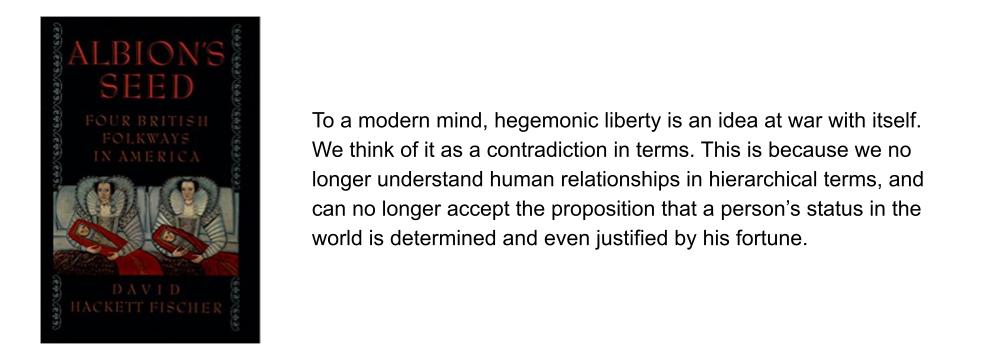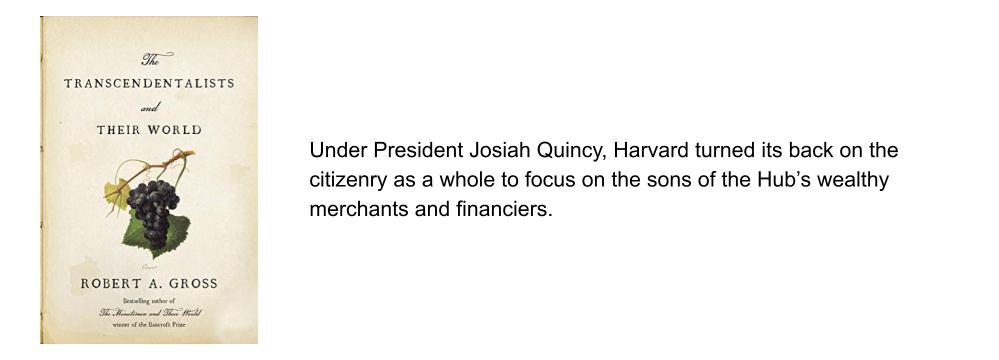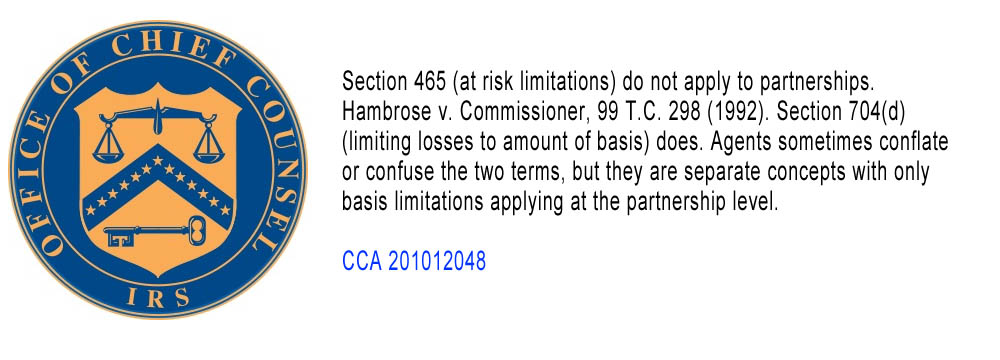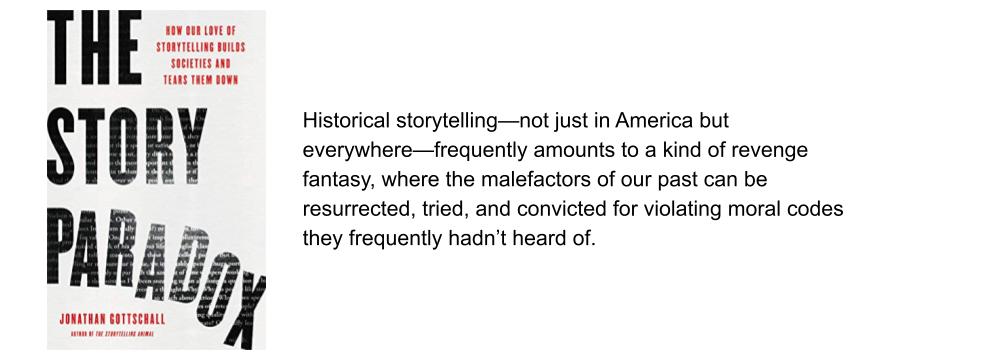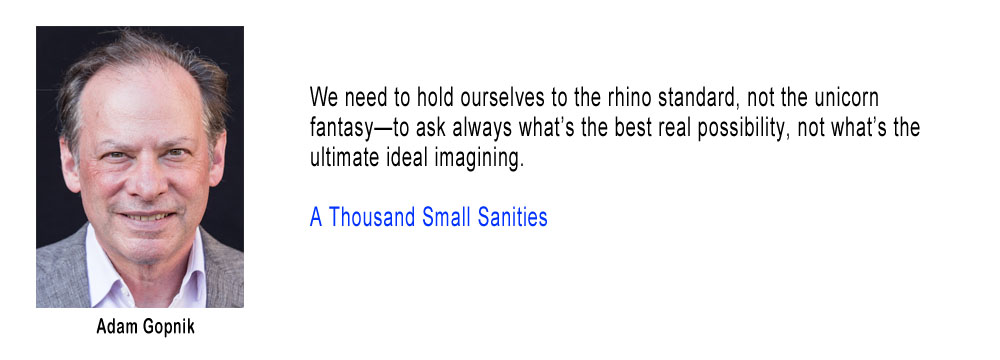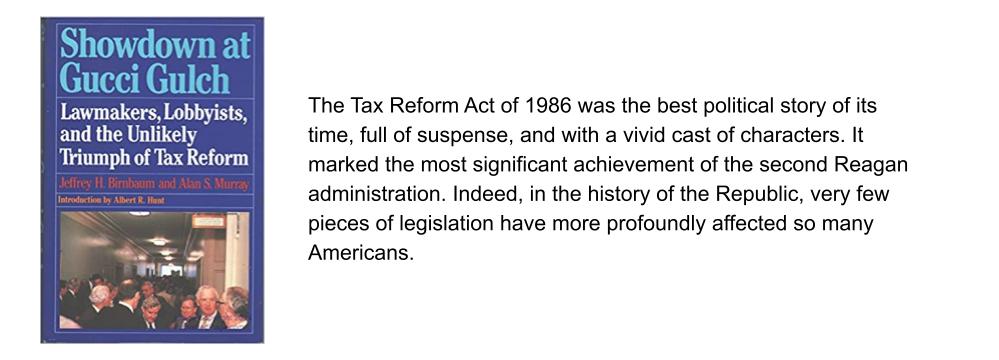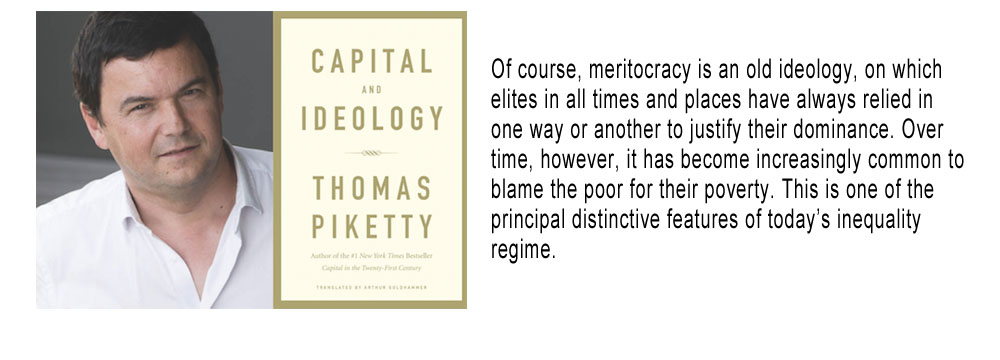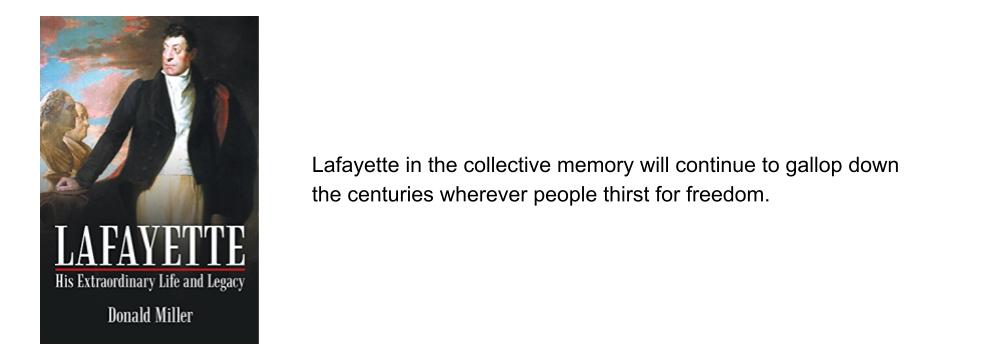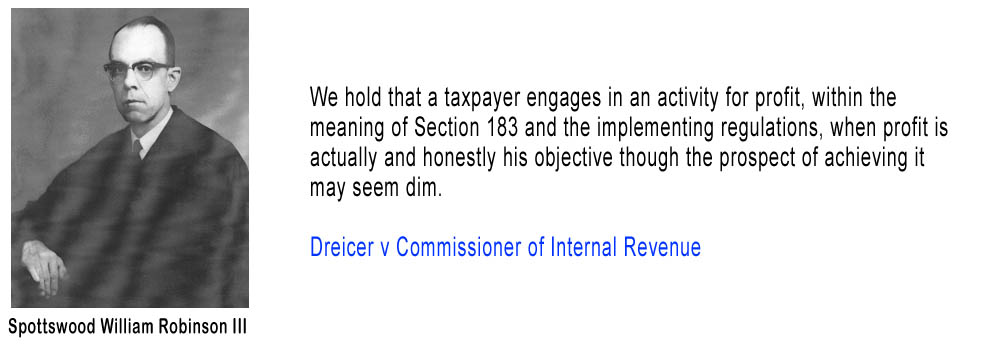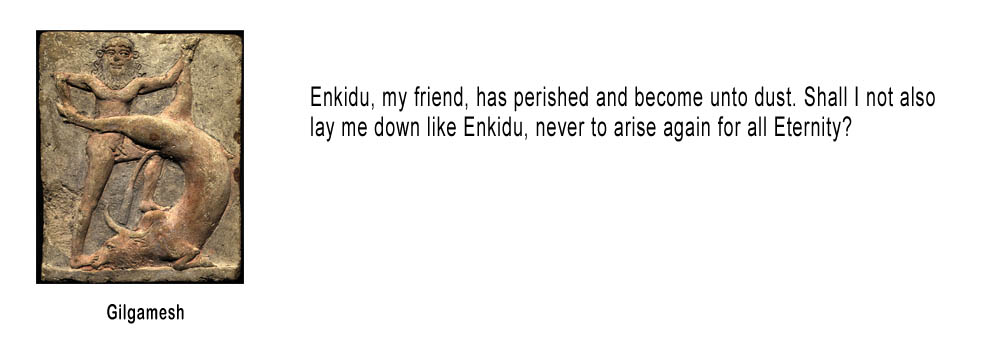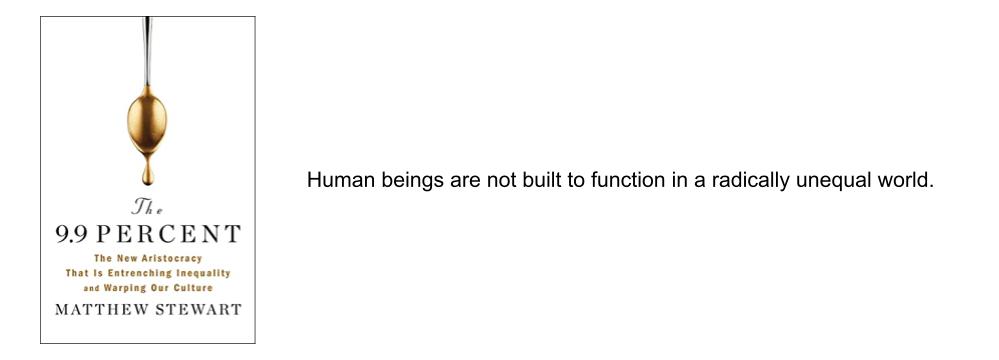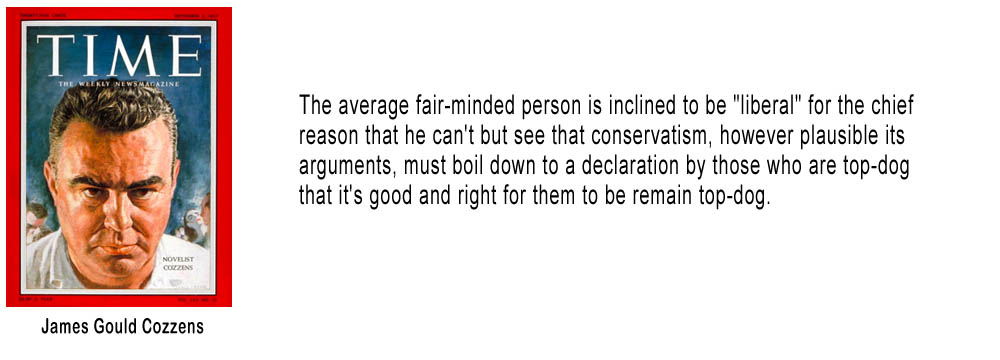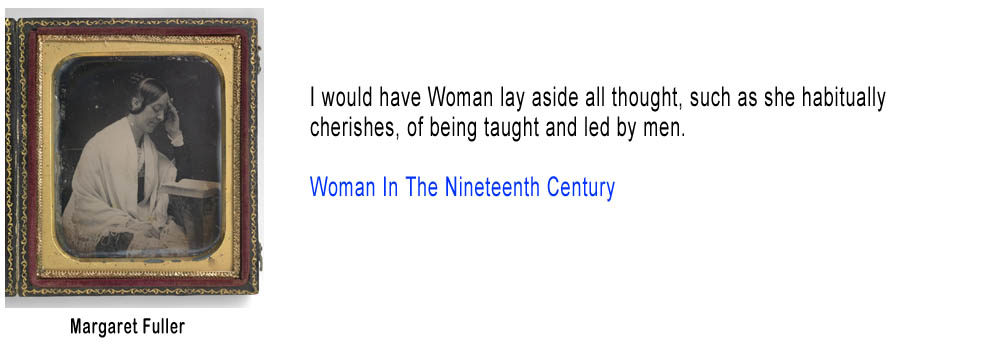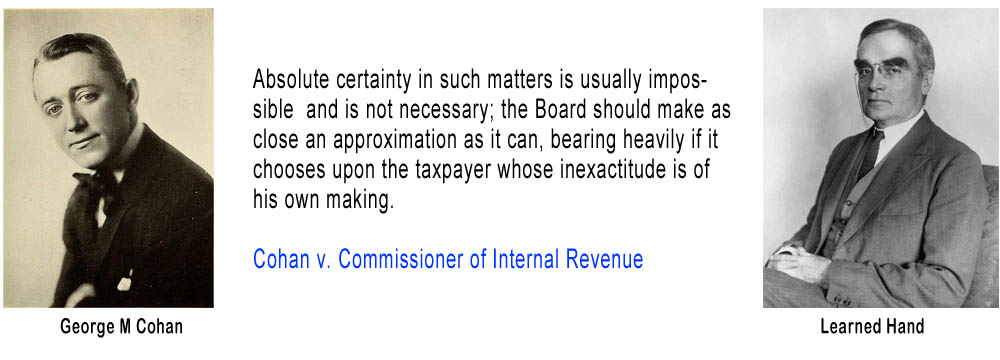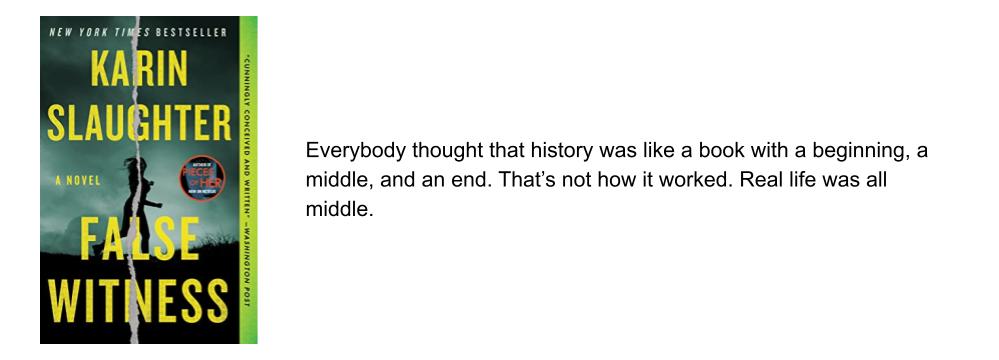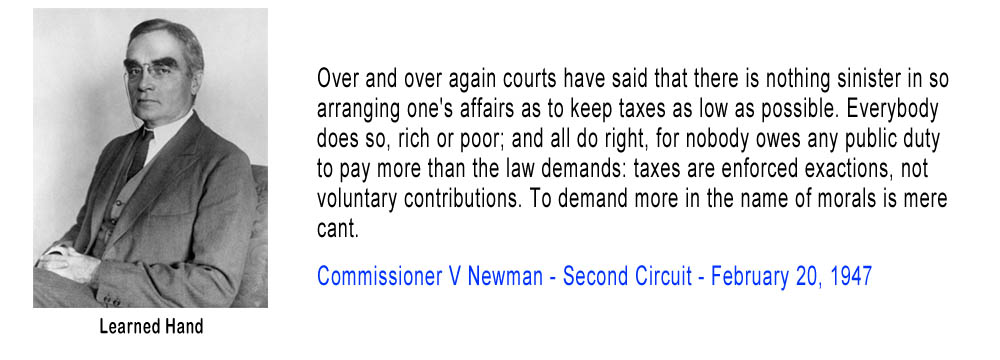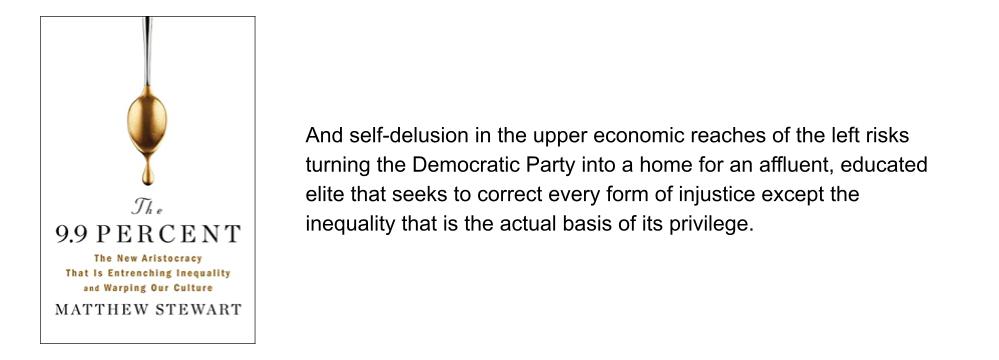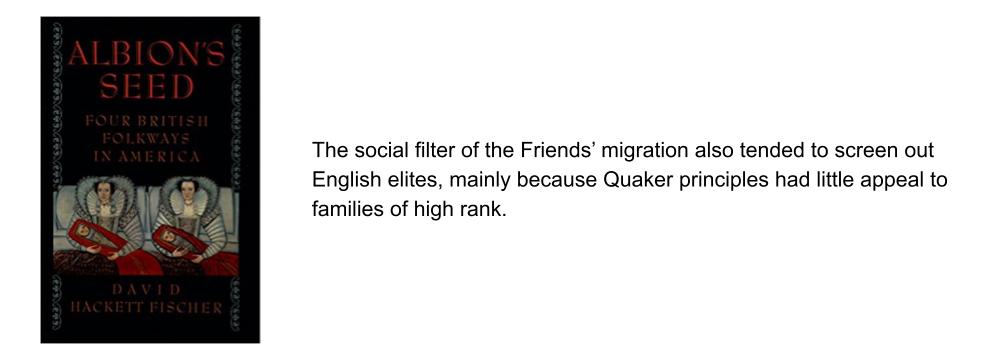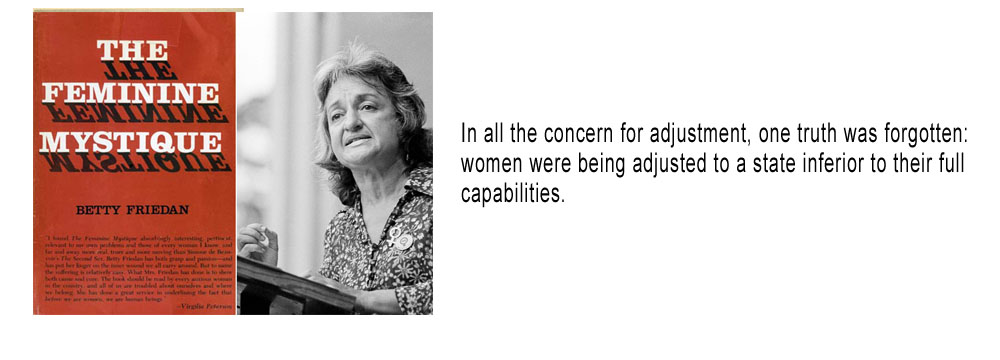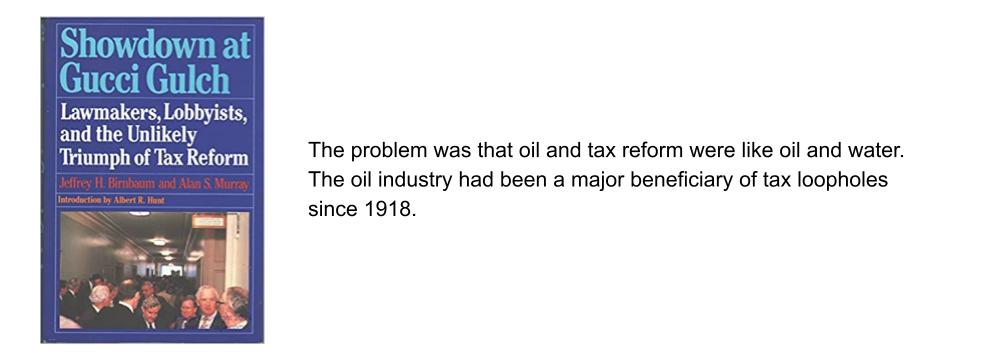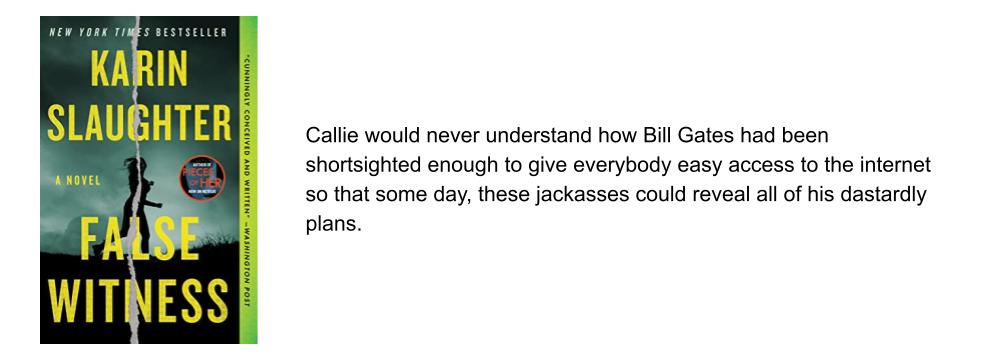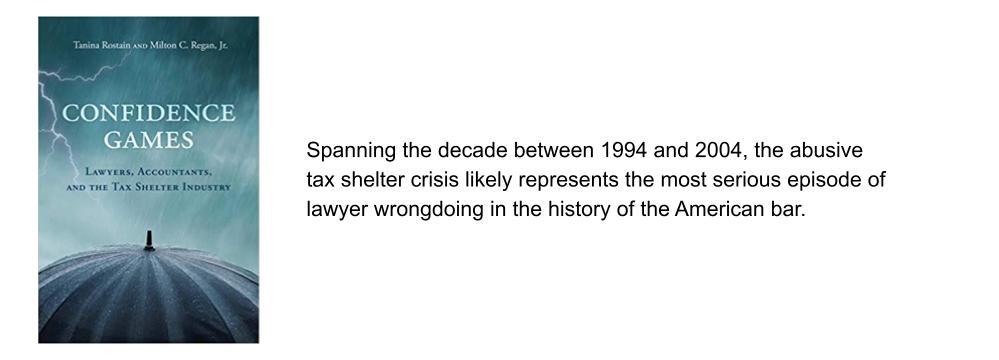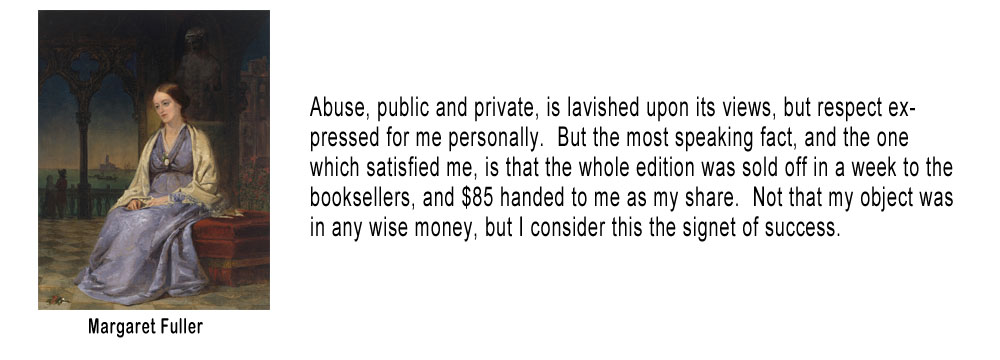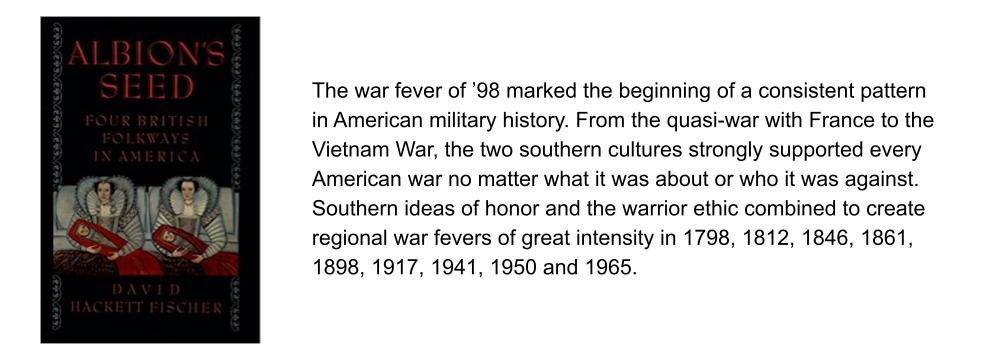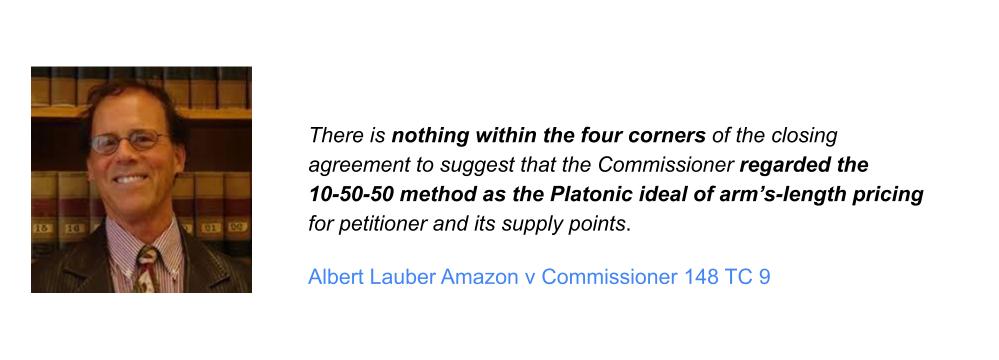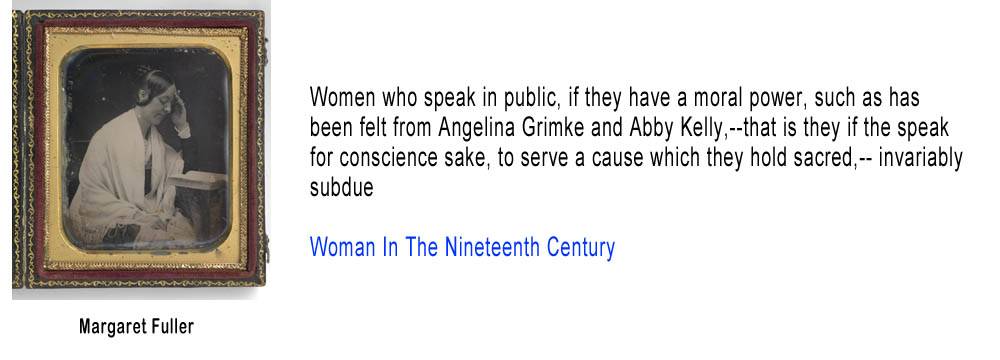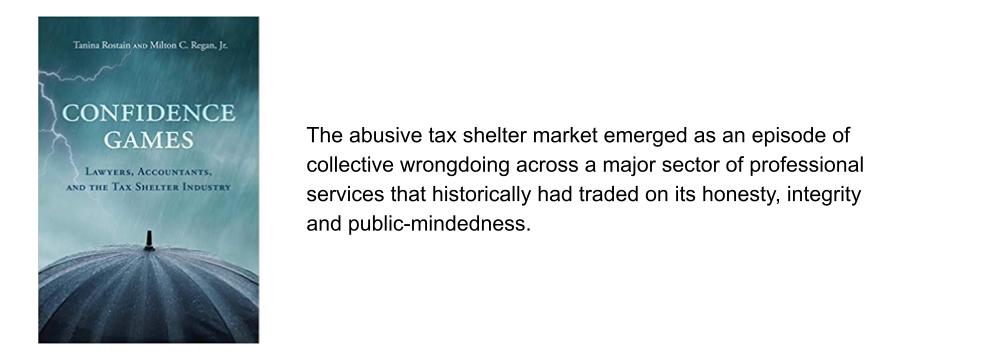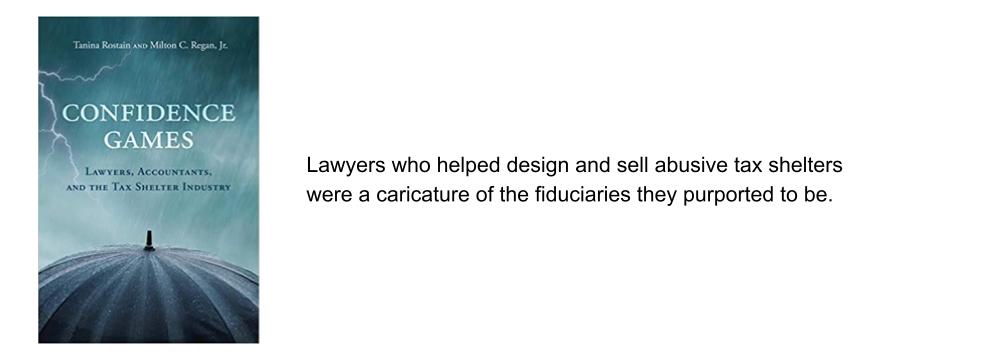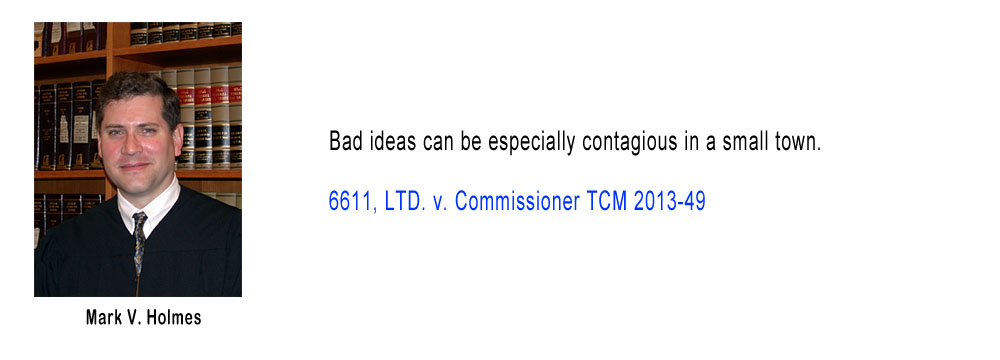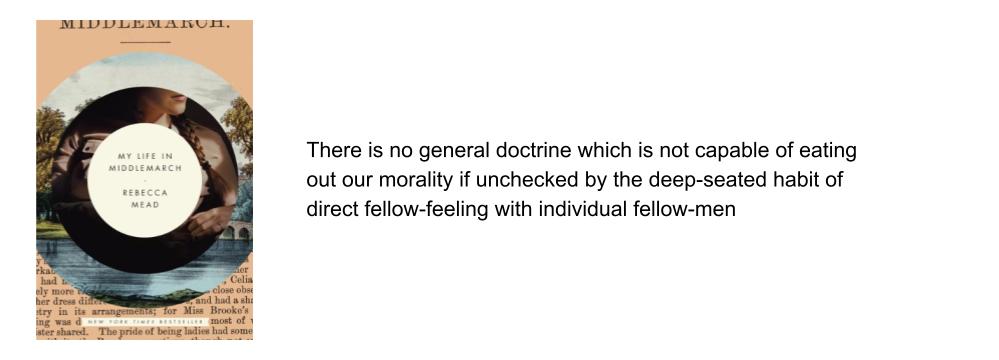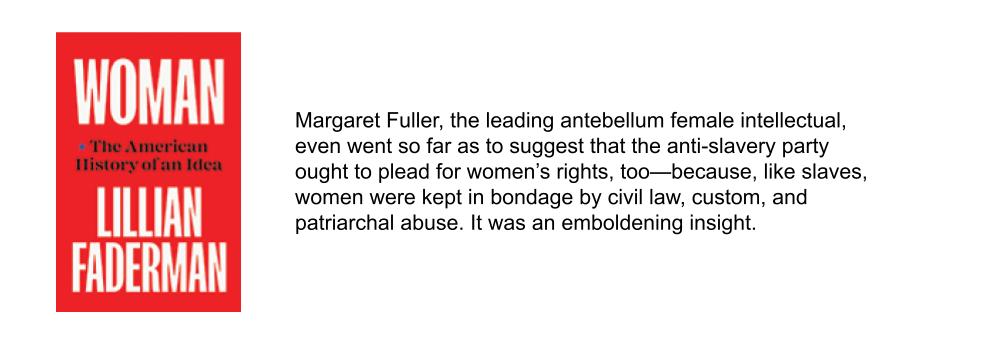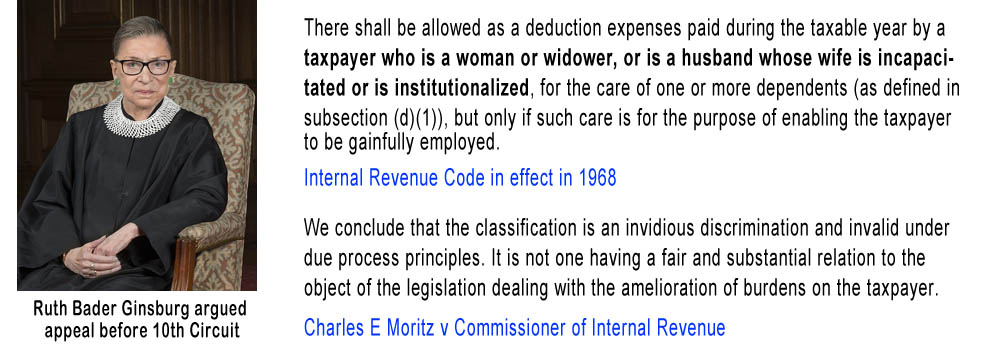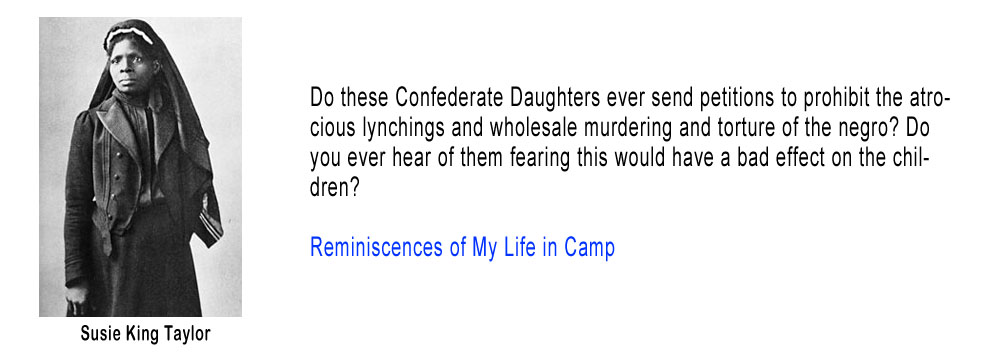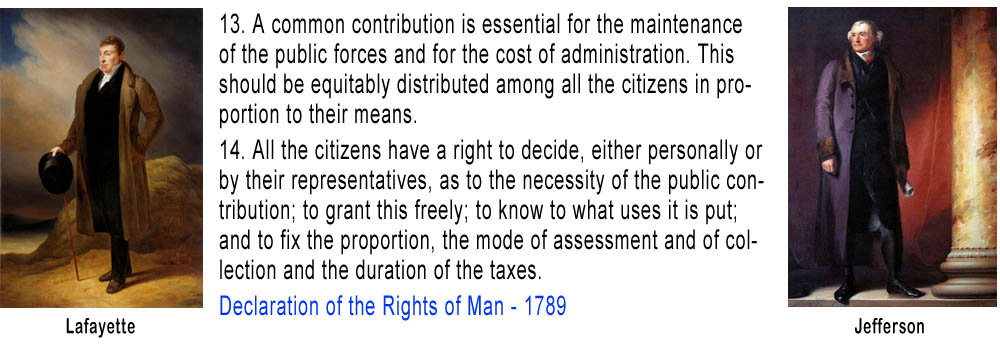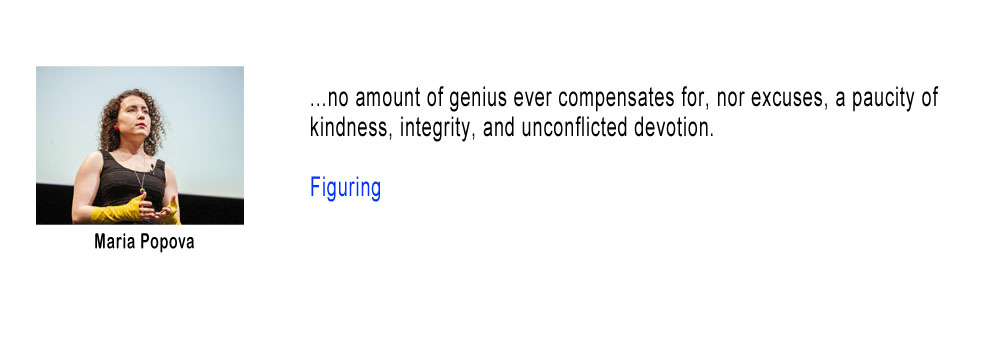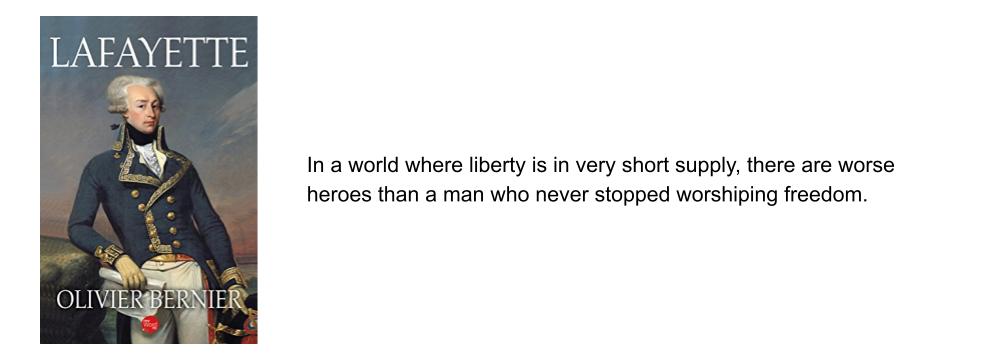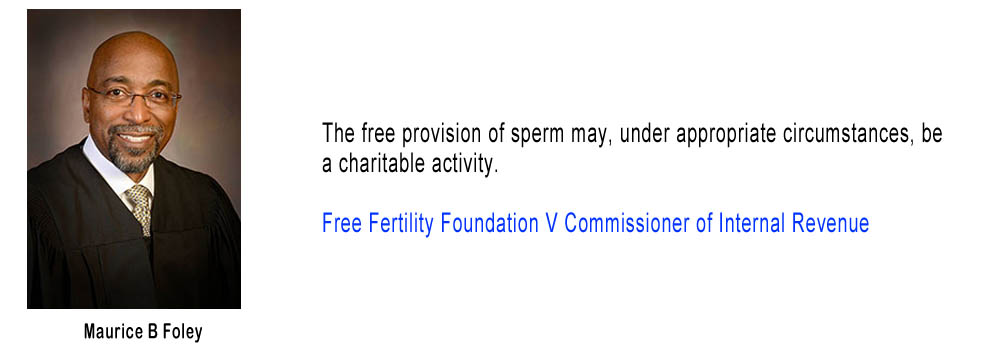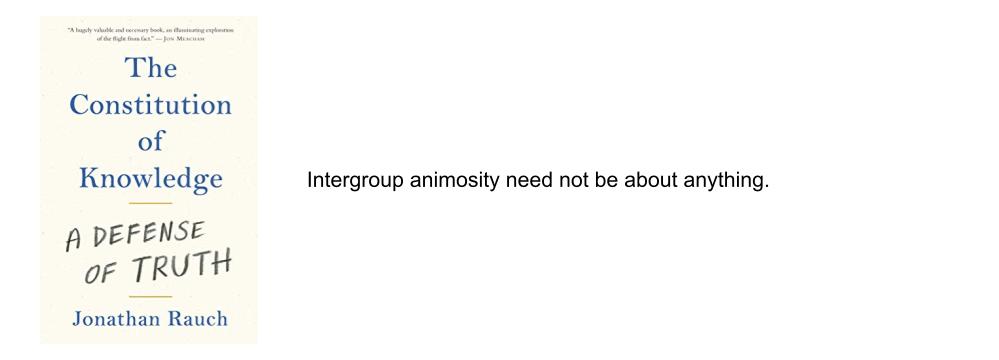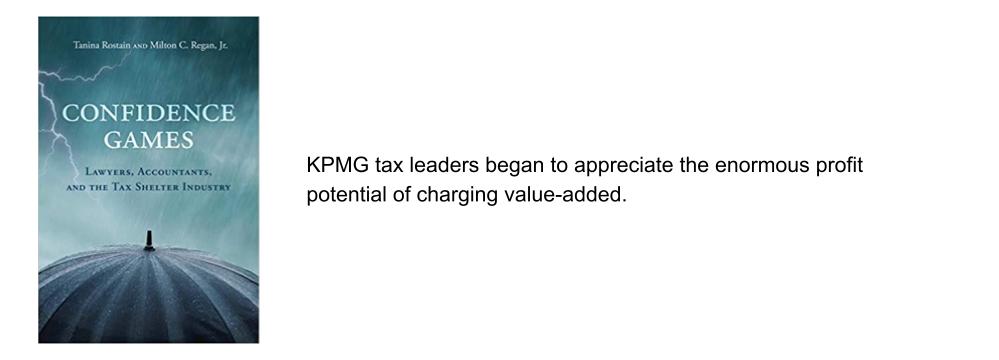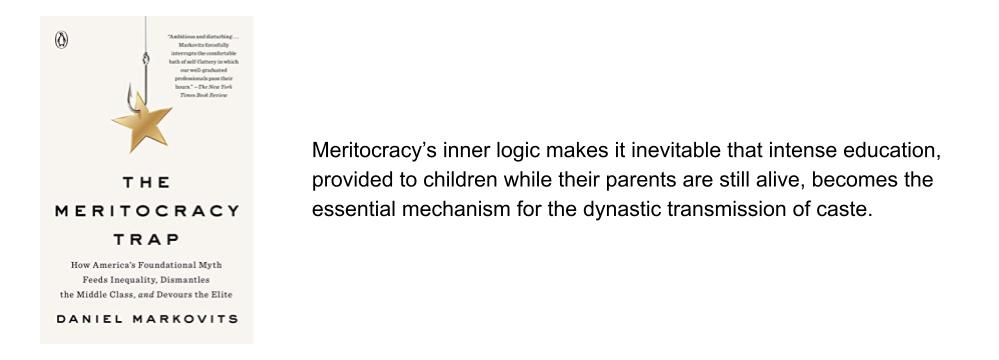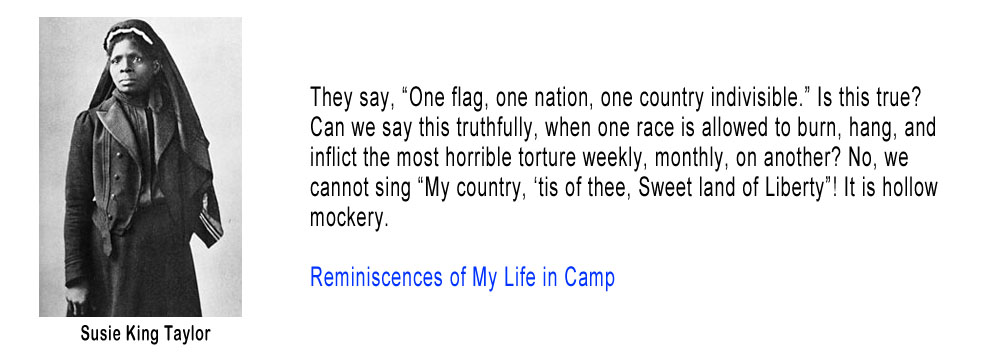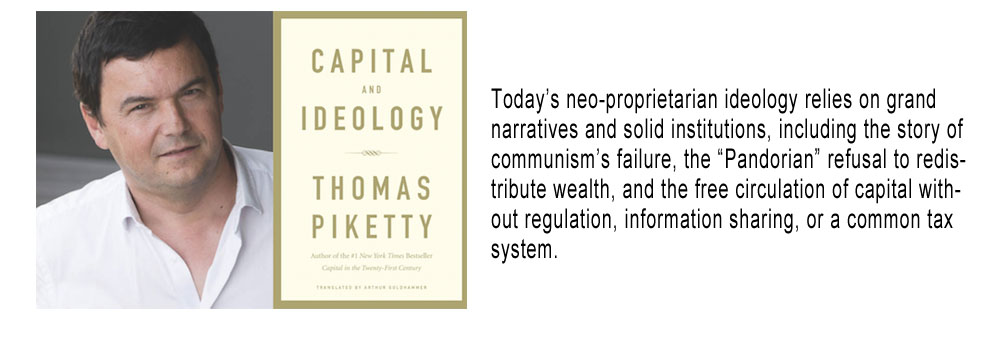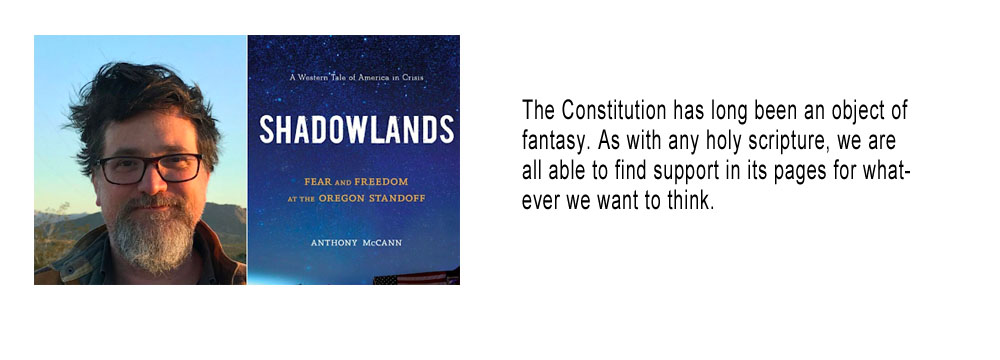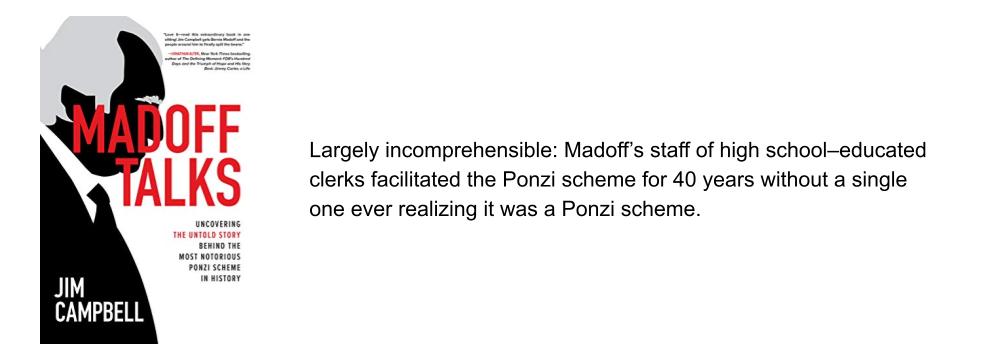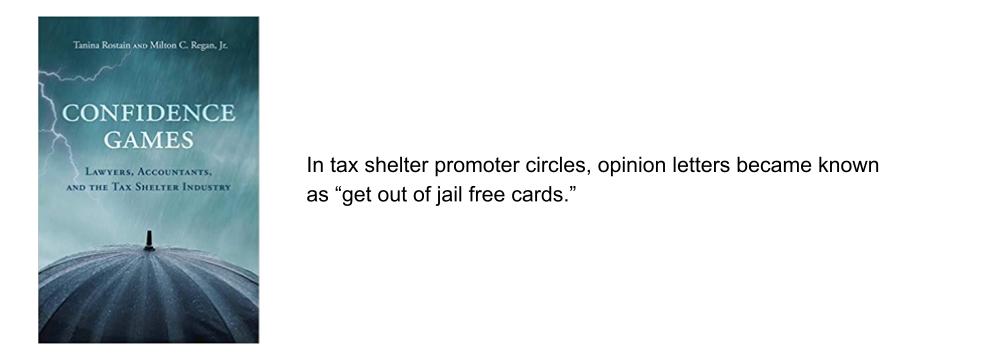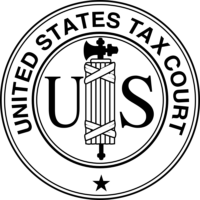Back in the good old days (i.e. before the Tax Reform Act of 1986), interest that you paid was generally deductible. Now we have several categories of interest that are deductible subject to various limitations and personal interest which is not deductible at all. Generally the interest is classified based on how the proceeds of the borrowing were spent.
In the case of residence interest what the debt is secured by becomes relevant. Residence interest is deductible up to a principal balance of $1,000,000. It must be secured by a residence and the proceeds have to have been used to acquire that residence. Home equity indebtedness is deductible up to a principal balance of $100,000. How you spent the money does not matter in the case of home equity indebtedness. Also deductible are investment interest, but only to the extent of investment income and trade or business interest (subject to the passive activity loss rules). Those determinations are subject to tracing.
Suppose you borrow $1,800,000 to buy some land with a house on it. That is a simplified version of what John Norman did. The IRS was willing to allow the interest attributable to $1,100,000 but disallowed the rest. Mr. Norman wanted to deduct the excess as investment interest. His house was on about 10 acres, but he had only wanted three. Here is a bit of the rather long and complicated story:
Petitioner John J. Norman, Jr., is the principal in Norman Realty, Inc., a commercial brokerage firm. In early 2003, when they were living in Alexandria, , petitioners began looking for a home in Warrenton, Virginia, where Mr. Norman had grown up.
Petitioners later became interested in a historic residence on Winchester Street in the Old Town area of Warrenton (Yorkshire property). The Yorkshire property was a single-family residence on 9.875 acres. The house, which was then being rented out, was in disrepair. In December 2003 Mr. Norman toured the Yorkshire property with Virginia Farrar, who was one of three coowners of the property and who spoke for all three owners in connection with any matters concerning the property.
During this tour Ms. Farrar explained to Mr. Norman that she and the other Yorkshire property owners had investigated the possibility of selling only the house and about three acres, leaving the remaining acreage for development in conjunction with acreage in an adjoining property (Yonder Lea property). The Yonder Lea property consisted of a single-family residence on about 11 acres and was owned by Yonder Lea, LLC, the managing partner of which was Ms. Farrar’s cousin, who was also one of the three coowners of the Yorkshire property. Both the Yorkshire property and the Yonder Lea property had zoning for quarter-acre lots, but use of that development right was subject to the creation of an access road satisfactory to the Town of Warrenton.
At that point Mr. Norman could have told Ms. Farrar to call him when she was done carving up the property so he could buy the piece he wanted. Mr. Norman was a real estate guy himself, though. In order to move the deal along, he lent a bit of his expertise. That was not enough to make it happen. After some time, Ms. Farrar told him that they were only interested in selling the whole parcel. So Mr. Norman decided that he could do the sub-dividing and assembling himself. If you are ever tempted to do something like this, yourself, you should read the whole case as a cautionary tale. Real estate development has a way of turning into one GD thing after another. At the time of the Tax Court decision, going on nine years after his acquisition of the property, Mr. Norman apparently still owned the whole thing.
Neither the IRS nor the Tax Court seem to question Mr. Norman’s sincerity. They concede that he acquired the property with the intent of carving a piece off. The IRS still thinks he should get no deduction on indebtedness over 1.1 million on this theory:
…….as a legal matter, petitioners may not allocate any part of the mortgage to investment property because they did not actually subdivide the property or use it for any business purpose enumerated under section 280A.
It would have been nice if the Tax Court had ruled on that issue. The Tax Court did not rule on whether, in principle, some of the interest might have been deductible, because it did not have to. The reason it did not have to was that Mr. Norman was unable to substantiate how much of the debt was allocable to the portion of the property that he wanted to carve off.
…….we agree with respondent that petitioners have failed to substantiate this claimed allocation or to provide any adequate evidentiary basis to support such an allocation. Accordingly, it is unnecessary for us to decide, and we do not decide, whether, as respondent also contends, petitioners are precluded from allocating any part of the mortgage to investment property because they did not actually subdivide the property or use it for any business purpose enumerated under section 280A.
Mr. Norman had taken out a mortgage of $2,310,000 anticipating the need for renovations of the residence. $1,760,000 was used for acquisition. Over $300,000 was drawn on the balance which went into renovations. When his other house was sold there was a refinancing with proceeds from the sale of the other house being used to pay debt down. The Tax Court indicated that the renovations would be considered to be funded by the mortgage rather than being funded by the proceeds of the sale of the other property. If someone had been paying attention to the tracing regulations, that problem might have been overcome, but that is easier said than done.
It is troubling that there was no attempt to apply the Cohan rule to allow some of the interest as investment interest.
You can follow me on twitter @peterreillycpa.
Originally published on Forbes.com Jan 11th, 2013





